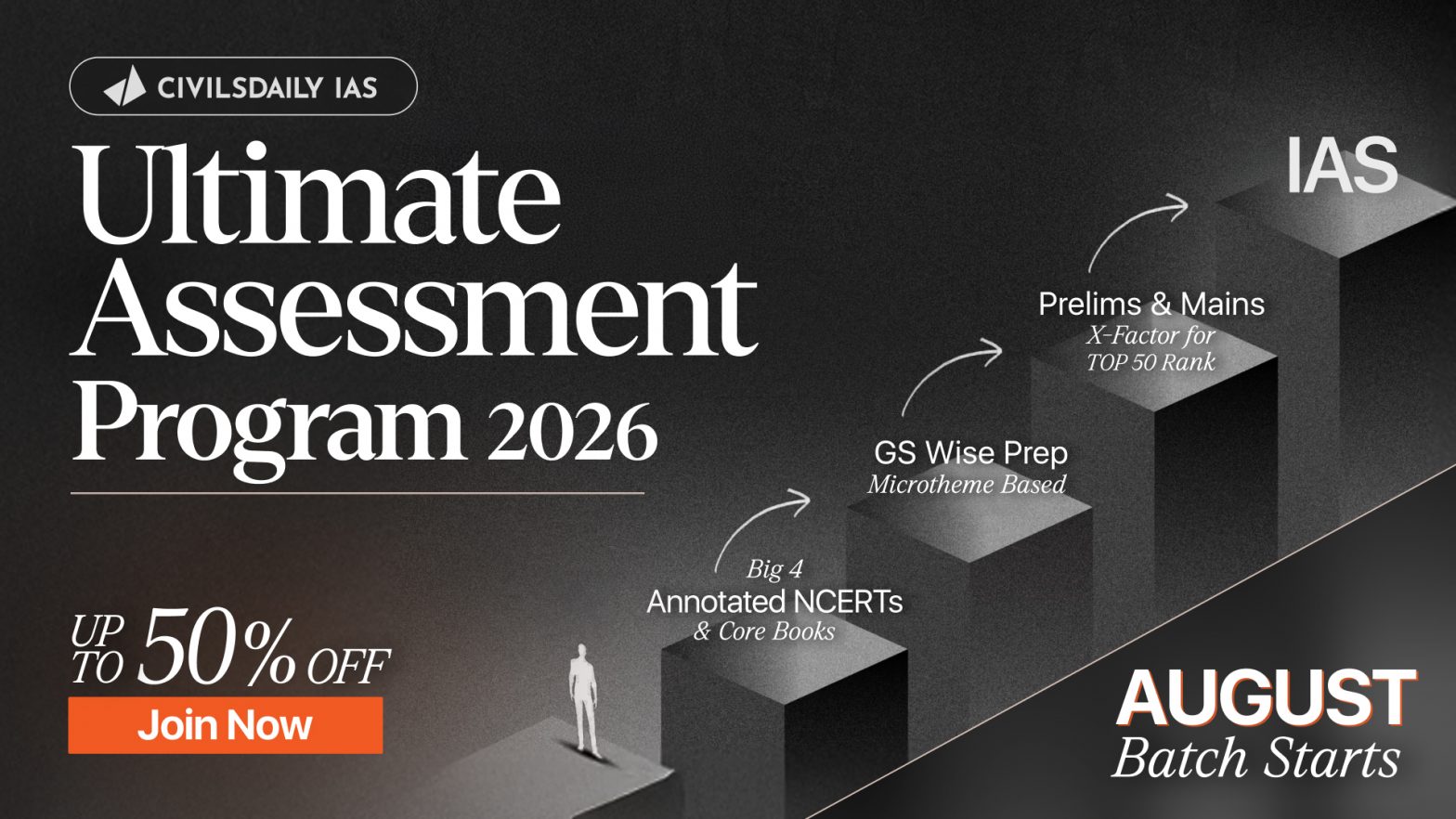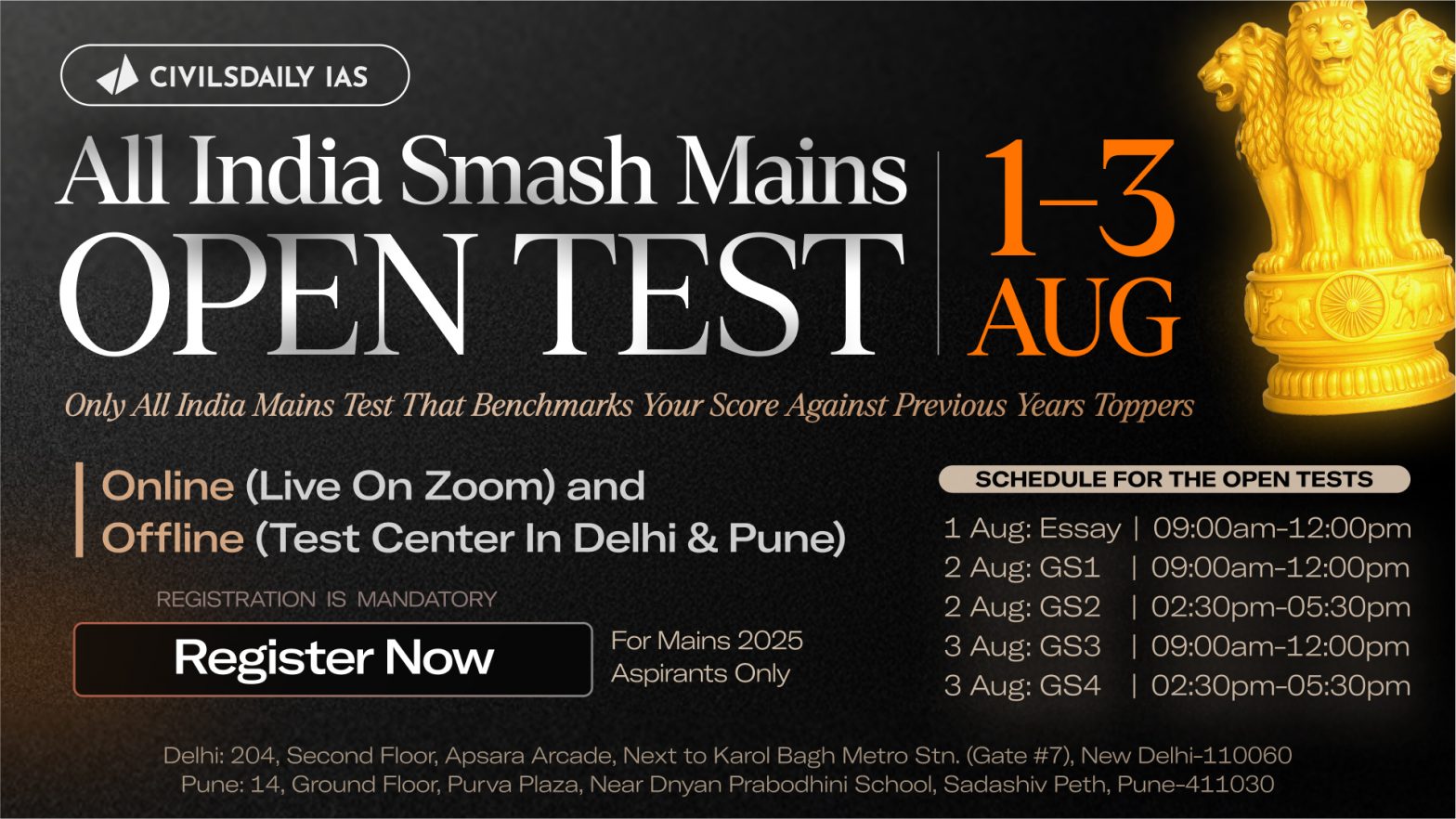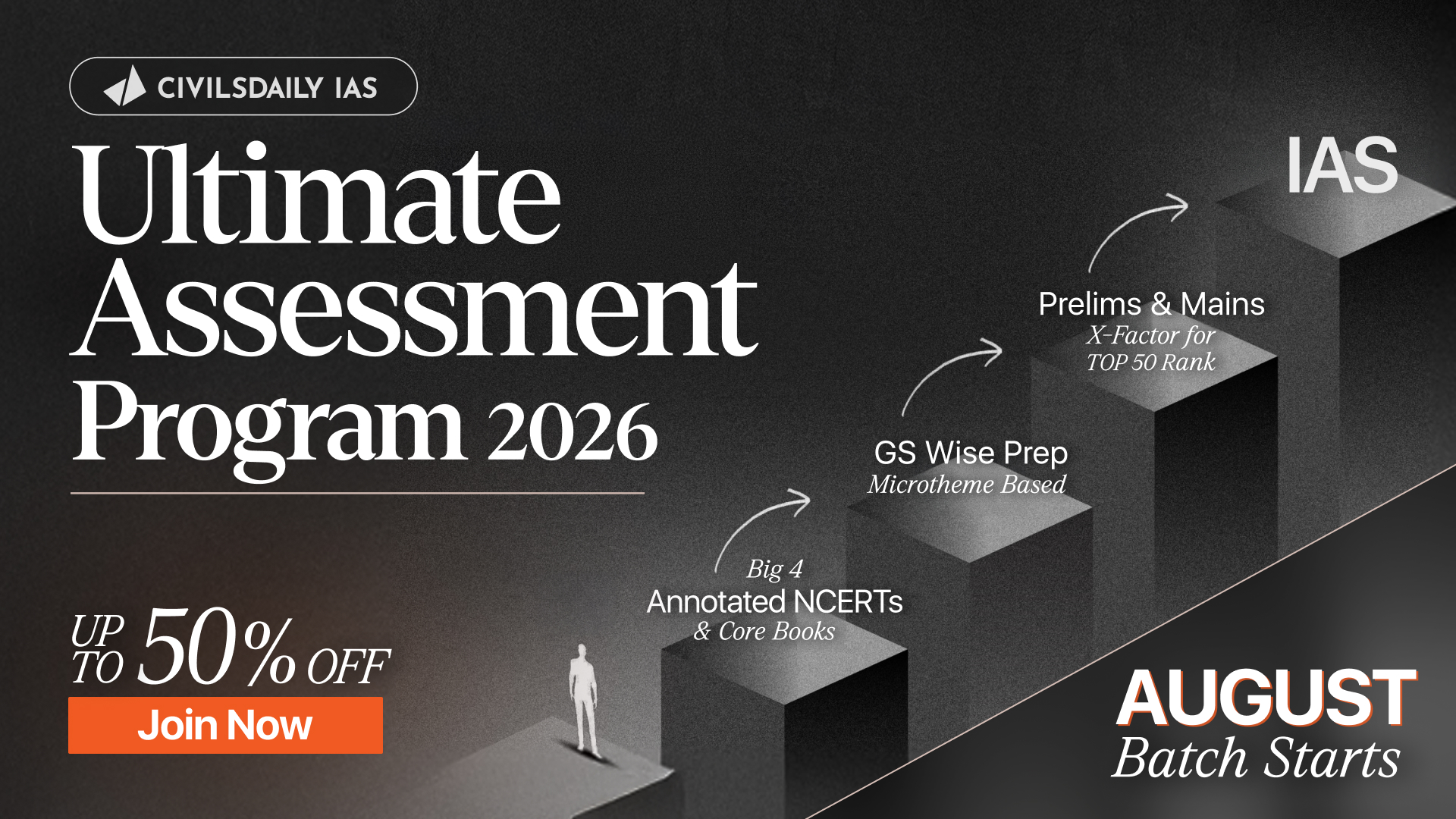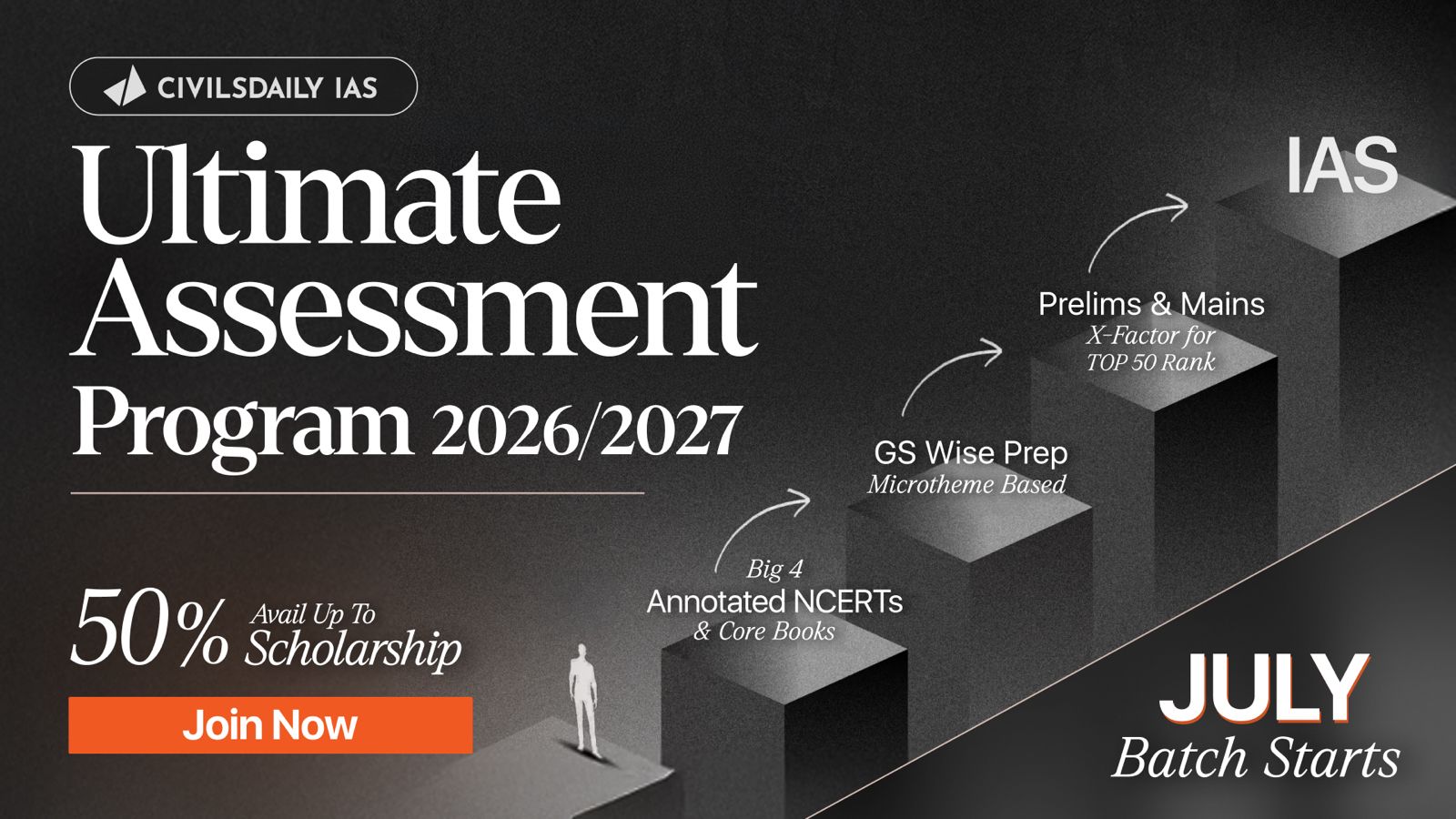





Burning IssuesInterview ProgramMotivation BytesPrelims DailyPrevious Year Question PaperProgram LaunchRanker WebinarsThe Hindu Op-edToppers TestimonialsUPSC Mains Topic-Wise PYQsUPSC PreparationUPSC SyllabusX Factor Notes
17th August
17 Aug 2017 | GS 2 | The proposed wage code Bill, which incorporates a universal minimum wage, will lead to higher unemployment and informalization of the economy. In the light of the above statement critically Discuss the key features of proposed wage code bill?
GS Paper 2 Q.2) The proposed wage code Bill, which incorporates a universal minimum wage, will lead to higher unemployment and informalization of the economy. In the light of the above statement critically Discuss the key features of proposed wage code bill? Source: http://www.livemint.com/Opinion/WgZM9HZxouo9qiByArRETP/Having-a-minimum-wage-law-is-a-mistake.html
17 Aug 2017 | GS 1 | Along with economic factor it was the misrule and inefficiency of CZAR Nicholas II which sowed the seeds of Russian Revolution. Comment.
GS Paper 1 Q.1) Along with economic factor it was the misrule and inefficiency of CZAR Nicholas II which sowed the seeds of Russian Revolution. Comment. NCERT
UPSC GS2 | Bilateral, regional and global groupings and agreements involving India and/or affecting India’s interests
Bilateral Groupings & agreements involving India’s interests India, US defence ties – What are LSA, CISMOA and BECA agreements? India Europe relations India-Africa Forum Summit: Old Friends – Old Family, India Africa Relations (Back2Basics) India-Russia relations : Momentum in transforming Strategic Partnership, India-Russia relations (Back2Basics) India-Japan relations (Back2Basics) India-Central Asia relations (Back2Basics) India-West Asia relations… Continue reading UPSC GS2 | Bilateral, regional and global groupings and agreements involving India and/or affecting India’s interests
UPSC GS2 | Important International institutions, agencies and fora, their structure, mandate
Important International institutions | Origins, Growth, Mandates and India’s overlap Important International Economic Organizations (Back2Basics) Everything that you should know about the World Trade Organization (WTO) 5 Important International NGOs which often recur in news Bretton Woods Institutions – World Bank Group Bretton Woods Institutions – IMF Important World Reports & their Organisations | Important… Continue reading UPSC GS2 | Important International institutions, agencies and fora, their structure, mandate
UPSC IAS Mains Syllabus
The Union Public Service Commission (UPSC) has revised the pattern of UPSC Main examination from 2015 onwards. The written examination consists of 9 papers,in which, 2 are qualifying papers and 7 papers are counted for ranking. As per new UPSC Mains Syllabus, general studies papers consists of 1000 marks. The detailed syllabus for GS1 – 4… Continue reading UPSC IAS Mains Syllabus
17 August 2017 | Prelims Daily with Previous Year Questions & Tikdams
Q.1) Consider the following statements regarding the ‘Bitcoin’: 1. It is a cryptocurrency with Blockchain Technology. 2. It was released as open-source software in 2009. Which of the statements given above is/are correct? a) 1 only b) 2 only c) Neither 1 nor 2 d) Both are correct Q.2) Which of the following statements regarding… Continue reading 17 August 2017 | Prelims Daily with Previous Year Questions & Tikdams
16th August
how to get CD monthly current affairs compilation ?
how to get CD monthly current affairs compilation ? Need PDF copies.
Indo-Afghan Relations: Developments in Afghanistan till 2016
source Backgrounder 1838-42 – British forces invade, install King Shah Shujah. He is assassinated in 1842. British and Indian troops are massacred during retreat from Kabul. 1878-80 – Second Anglo-Afghan War. A treaty gives Britain control of Afghan foreign affairs. 1919 – Emir Amanullah Khan declares independence from British influence. 1926-29 – Amanullah tries to introduce social reforms, which… Continue reading Indo-Afghan Relations: Developments in Afghanistan till 2016
16 Aug 2017 | GS 4 | The civil servants, even after being recruited through a transparent selection process, tend to become corrupt after entering into the service. Discuss the reasons behind this trend that has become very common now a days?
GS Paper 4 (Ethics & Integrity) Q.4) The civil servants, even after being recruited through a transparent selection process, tend to become corrupt after entering into the service. Discuss the reasons behind this trend that has become very common now a days?
16 Aug 2017 | GS 3 | Focus should shift from relief measures to building resilience in flood-prone areas. In the context of above statement discuss the problems in flood governance regime in India. What should be done to improve the situation?
GS Paper 3 (Disaster management) Q.3) Focus should shift from relief measures to building resilience in flood-prone areas. In the context of above statement discuss the problems in flood governance regime in India. What should be done to improve the situation? Source: http://indianexpress.com/article/opinion/columns/living-with-the-deluge-northeast-flood-4798615/
16 Aug 2017 | GS 2 | Centralising recruitment will not address the multiple problems in the judiciary. In the context of above statement critically discuss whether there is case for an all India Judicial service in India?
GS Paper 2 (Polity & Governance) Q.2) Centralising recruitment will not address the multiple problems in the judiciary. In the context of above statement critically discuss whether there is case for an all India Judicial service in India? Source: http://www.thehindu.com/opinion/op-ed/no-case-for-an-all-india-judicial-service/article19498261.ece
16 Aug 2017 | GS 1 | Explain the factors responsible for the origin of ocean currents. How do they influence regional climates, fishing and navigation?
GS Paper 1 (Physical Geography) Q.1) Explain the factors responsible for the origin of ocean currents. How do they influence regional climates, fishing and navigation?
16 Aug 2017 | Target Mains: GS Questions With Official Answers
GS Paper 1 (Physical Geography) Q.1) Explain the factors responsible for the origin of ocean currents. How do they influence regional climates, fishing and navigation? Ocean currents are continuous, directed movements of sea water. ORIGIN OF OCEAN CURRENTS: Ocean currents are a result of gravity, wind, the Coriolis Effect, temperature, salinity and density differences. Surface… Continue reading 16 Aug 2017 | Target Mains: GS Questions With Official Answers
15th August
The Islands
There are two major island groups in India The island groups of Bay of Bengal: Andaman & Nicobar Islands The island groups of Arabian Sea: Lakshadweep and Minicoy Islands The Physiographic Divisions of India | The Islands Let’s take these up one by one: Andaman & Nicobar Islands: Also called the emerald islands. Location and… Continue reading The Islands
The Indian Desert
The Indian desert is also known as the Thar Desert or the Great Indian Desert. Location and Extent: Location – To the north-west of the Aravali hills. It covers Western Rajasthan and extends to the adjacent parts of Pakistan. The Physiographic Divisions of India | The Indian Desert Geological History and Features Most of the… Continue reading The Indian Desert
The Coastal Plains
Of the total coastline of India (7517 km), that of the peninsula is 6100 km between the peninsular plateau and the sea. The peninsular plateau of India is flanked by narrow coastal plains of varied width from north to south. The Physiographic Divisions of India | The Coastal Plains On the basis of the location… Continue reading The Coastal Plains
Drainage System | Part 6
In the previous posts, we studied the Himalayan and Peninsular river systems in detail. Before we move further, let’s list the key differences between them: Key Differences between the Himalayan and Peninsular Rivers The Shifting Courses of Rivers: An interesting phenomenon observed in the case of most of the peninsular and extra-peninsular rivers is that… Continue reading Drainage System | Part 6
Drainage System | Part 5
The Peninsular Drainage: The Peninsular drainage system is older than the Himalayan one. This is evident from the broad, largely-graded shallow valleys, and the maturity of the rivers. Evolution: Three major geological events in the distant past have shaped the present drainage systems of Peninsular India: Subsidence of the western flank of the Peninsula leading… Continue reading Drainage System | Part 5
Drainage System | Part 4
The Ganga River System The Ganga river system is the largest in India having a number of perennial and non-perennial rivers originating in the Himalayas in the north and the Peninsula in the south, respectively. It accounts for 26.3% of the geographical area of the country and is shared by ten states. Ambala is located… Continue reading Drainage System | Part 4
Drainage System | Part 3
The Indian Drainage System The Indian drainage system consists of a large number of small and big rivers. It is an outcome of: The evolutionary process of the three major physiographic units The nature and characteristics of precipitation. Source Classification of Drainage Systems in India: 1. On the basis of discharge of water – the… Continue reading Drainage System | Part 3
Slide Anything shortcode error: A valid ID has not been provided





